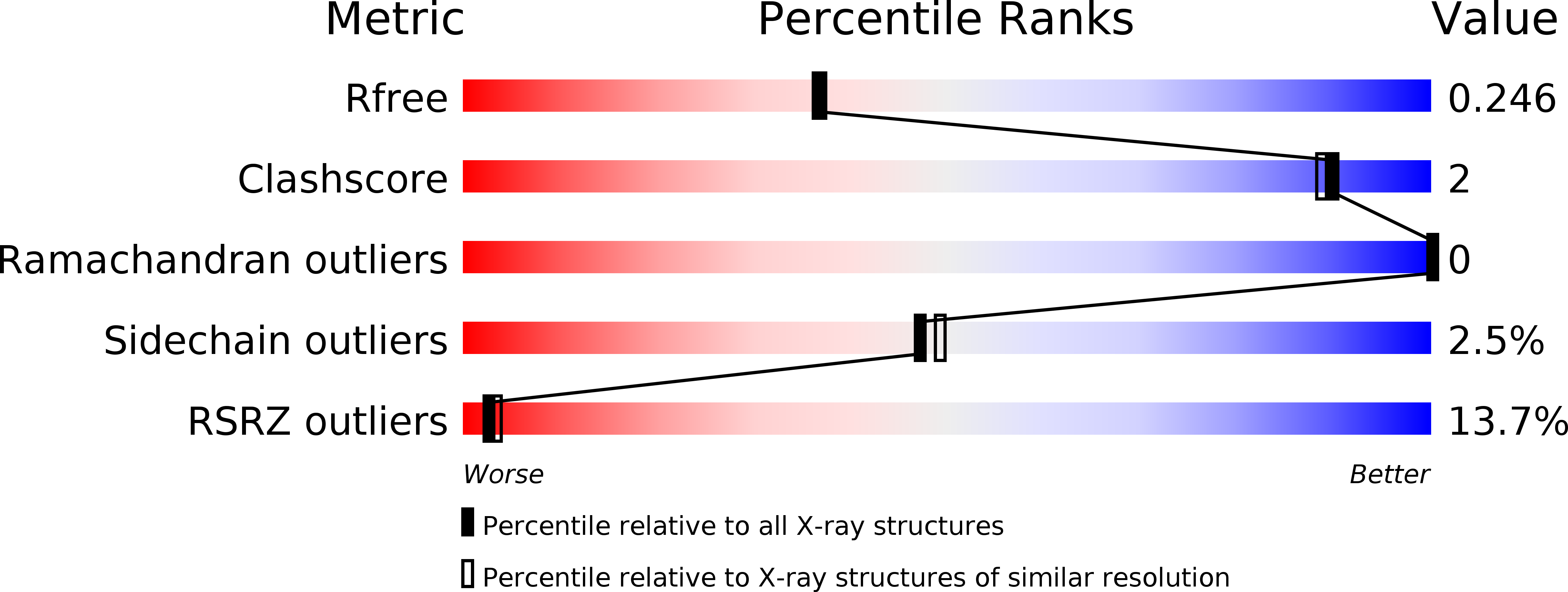
Deposition Date
2020-08-03
Release Date
2020-11-25
Last Version Date
2024-10-16
Entry Detail
Biological Source:
Source Organism:
Plasmodium chabaudi chabaudi (Taxon ID: 31271)
Host Organism:
Method Details:
Experimental Method:
Resolution:
2.15 Å
R-Value Free:
0.23
R-Value Work:
0.21
R-Value Observed:
0.21
Space Group:
P 21 21 21


